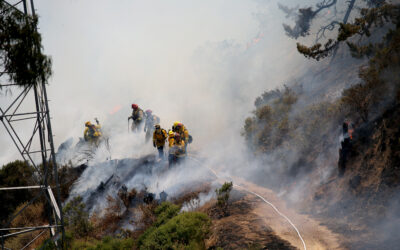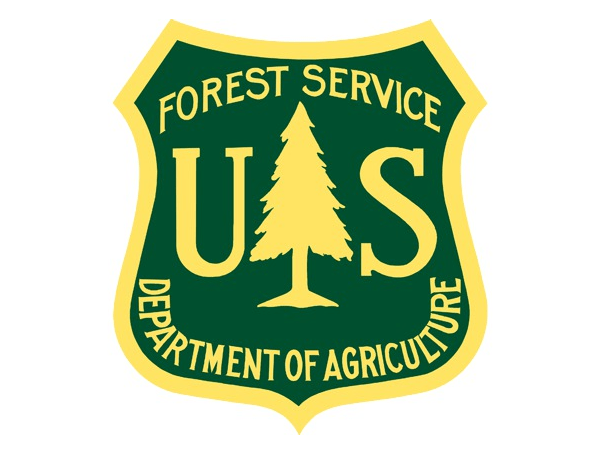I feel like I’ve been knocked back on my heals right now. I lost my old IC last month to a nasty lung disease. Back in the 2000s I was on a type 1 incident management team. Our team was the 4th national IMT called up after September 11th 2001. Our team spent a month in lower Manhattan working in support of the City of New York.
Some on our team members set up a warehouse to receive and distribute tools and equipment that was coming in from all over the country. My IC (Mike) and the command staff spent their time with FDNY, NYPD, Port Authority Police and others in meetings and conferences. Those of us in operations were working down at the pile. But every one of us was breathing the air filled with dust, smoke, and debris from the fires burning deep underground from the remains of the twin towers.
I was just a division supervisor all those years ago. But as a division sup, I was assigned to staff a supply cache at the corner of Church and Liberty streets. All the buildings that had once stood to the north and west of that intersection were now just “the pile”. Everyone who wasn’t there referred to the hallowed remains as “ground zero.” But to those of us working there, it was just the pile.
In 2001, I had already been a dirt firefighter for 27 years. When I was assigned to a wildland fire, I always wanted the hottest Division. When I was a structure firefighter, I always wanted to work at the busiest station. So, when the twin towers fell, there was no place I wanted to be more than in New York City helping in any way I could.
Running a supply cache wasn’t anything I knew how to do. But I could coordinate daily with the rotating FDNY Division Chiefs, take orders for specialized tools and equipment and sometimes deliver those items to the workers on the pile.
When we arrived a few days after the initial collapse, the fires were still burning, pieces of the tower’s metal exoskeleton were still sticking out of the adjacent skyscrapers and papers and dust were still blowing and piling up in the canyons of lower Manhattan.
Multiple master streams were aimed at the pile attempting to control the fires burning deep within. The fires entrained dust and smoke into the air for more than a month. And while those fires burned, the smoke was going up into the air filled with contaminated dust. At night, with dozens of spotlights shining on the pile, we could see the particulates coming down all around us. The air was filled with ash and dust. Standing next to my supply cache at the corner of Liberty and Church streets and looking at the pile across the street, it seemed like snow coming down out of the sky on a winter’s night.
I think everyone working down at “ground zero” had been fitted with dust respirators. We had them. But unless you were physically on the pile, few wore them. You might ask why not? For me the answer was simple. The world had changed and especially in lower Manhattan, I thought the US was at war and nothing would ever be the same. Was I really going to wear a respirator 16 hours a day for 30 days? It seemed impractical at best and odd to worry about some imaginary future medical concerns when the US was under attack from a faceless unknown enemy.
That was 24 years ago. Those unknown medical concerns became known fairly soon after everyone’s exposure. For me, it happened when I returned to Washington State where I was stationed. I immediately started experiencing severe sinus problems. Of course, I had no idea these problems were from anything that I had been breathing in NYC. I thought I had just come down with some type of allergies.
I watched the news programs and the congressional hearings about the sick cops and firefighters back in NYC. I had no idea I was suffering from anything related to my time back there. As time went on, I found out that some of my old team members were getting sick. We lost a couple to cancer; I found out a few like me had developed asthma and other respiratory problems. Then I learned that Mike had come down with a serious lung disease. This once strong, fit, and virile man was now struggling to just breath.
His disease made me feel more vulnerable too. If my IC, who didn’t even spend that much time down at the pile could get this sick, then what about those of us who were there every day for a month?
Mike spent the last couple years of his life attached to an oxygen tank. He had a double lung transplant to hopefully give him new air to breathe. But less than a year after his transplant, Mike’s life was over. He had been involved in natural resource management and incident response for over 40 years. He led our team on some of the nation’s largest wildfires, hurricane responses, and of course September 11th. He lost his life due to his dedication to our country and the communities we all work to protect. Mike’s passing is a loss to our firefighting community and our country.
Mike’s widow worked tirelessly to ensure Mike’s medical bills were paid for by the World Trade Center Health Program. And she will eventually receive a financial payment for Mike’s illness as well. But at a time when federal employees are being fired, devalued, and ridiculed, finding solace in a check seems pretty depressing.
Over the years we’ve lost so many firefighters and cops who were working down at the pile day after day. Members of the public too. You didn’t have to be there in uniform to get sick. Mike is just one more soul who gave his life responding when the call for help came.
I guess I’m writing this from a perspective of loss, frustration, and sadness. Loss and sadness of losing a mentor and friend. Sadness that federal employees are not valued anymore. Remember, our IMT was made up of mostly non-firefighters. Only the operations section was staffed with firefighters. The other team members were biologists, timber, and admin/budget folks. All those other positions are being fired in the current purge within the federal government. Let’s not forget Mike and all the others who made the ultimate sacrifice before him and those who are yet to come.
If after you’ve read this, you still need me to say it, wear your PPE, and let’s encourage those around us too. It’s a tough time to be a federal employee. Be safe my friends.
Now Available
Both Sides of the Fire Line is Bobbie Scopa’s uplifting memoir of bravely facing the heat of fierce challenges, professionally and personally. It’s available now.
Order from Amazon Order from Barnes & NobleReader Feedback
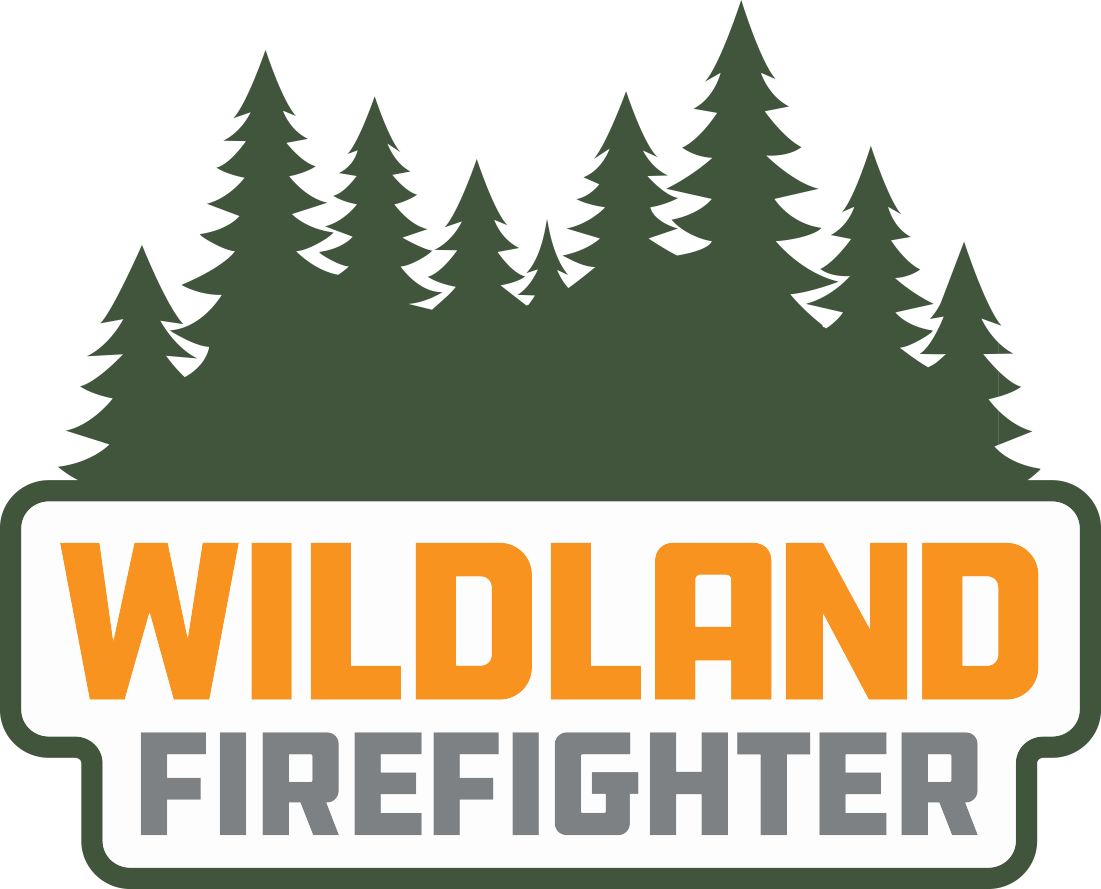
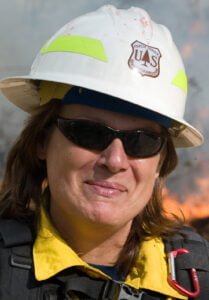 Bobbie Scopa started her career as a seasonal firefighter in 1974. After graduating from Arizona State University, she went on to work in fire and natural resource management. Eventually she left the wildand agencies to work full time for a structure fire department. She finished her Masters in Forestry at NC State then went back to the US Forest Service and BLM eventually becoming the Assistant Regional Fire Director in Region 6. Bobbie has spent many years working as a type 1 and 2 Operations Section Chief. You can listen to Bobbie tell audio stories from her long career at BobbieOnFire.com. She has also recently completed her memoir titled “Both Sides Of The Fire Line”. It will be available through Chicago Review Press late summer of 2022.
Bobbie Scopa started her career as a seasonal firefighter in 1974. After graduating from Arizona State University, she went on to work in fire and natural resource management. Eventually she left the wildand agencies to work full time for a structure fire department. She finished her Masters in Forestry at NC State then went back to the US Forest Service and BLM eventually becoming the Assistant Regional Fire Director in Region 6. Bobbie has spent many years working as a type 1 and 2 Operations Section Chief. You can listen to Bobbie tell audio stories from her long career at BobbieOnFire.com. She has also recently completed her memoir titled “Both Sides Of The Fire Line”. It will be available through Chicago Review Press late summer of 2022.